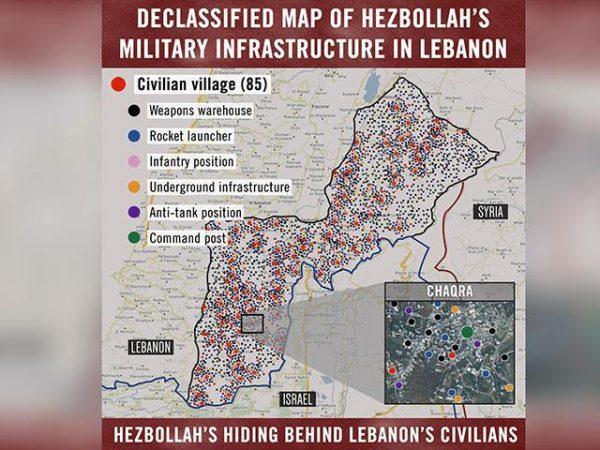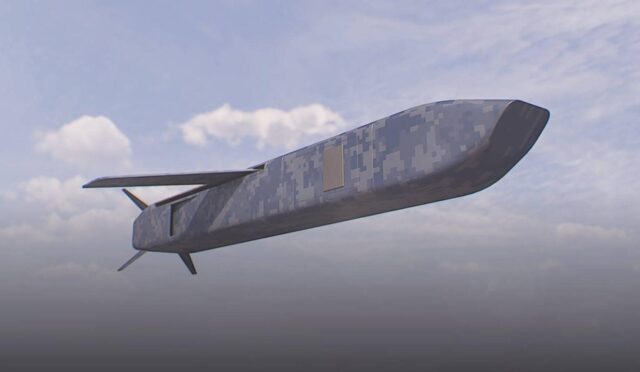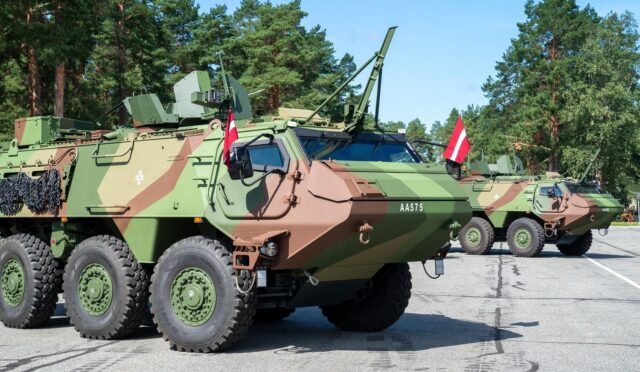Hezbollah Military Positions Under Army Control
Significant strides have been made in southern Lebanon, where a recently reported development indicates that most military positions belonging to Hezbollah are now under the control of the Lebanese army. According to a source close to the organization, these changes were initiated following a ceasefire declared on November 27, which concluded over a year of intense conflict between Hezbollah and Israel. This ceasefire mandated that only United Nations peacekeepers and the Lebanese army would be active in southern Lebanon.
This agreement specifically aimed to dismantle Hezbollah’s remaining military infrastructure south of the Litani River, which is about 30 kilometers (19 miles) from the Israeli border. The source revealed that of the 265 military positions recognized south of the Litani, approximately 190 have been transferred to the Lebanese army’s jurisdiction.
Ongoing Tensions and Israeli Presence
Despite the ceasefire, Israel has maintained its military presence in five strategic locations across Lebanon, intending to fulfill its troop withdrawal by February 18. This timeline was originally scheduled for January but was extended. In the meantime, Israeli forces have continued operations targeting what they describe as Hezbollah’s infrastructure and personnel within Lebanese territory.
The ongoing conflict dynamics raised tensions in the region, as reports of cross-border firings and military engagements persisted, further complicating the security landscape in southern Lebanon.
Call for Disarmament by Lebanese Leadership
On Saturday, during a speech marking the anniversary of Lebanon’s civil war from 1975 to 1990, President Joseph Aoun made a renewed appeal for Hezbollah to disarm. He emphasized the importance of state authority, stating, “Any bearing of weapons outside of state authority jeopardizes Lebanon’s interests. It’s time we acknowledge that only the state, the army, and security forces can protect Lebanon.”
His remarks underscored a growing consensus among Lebanese leadership regarding the necessity for a unified and government-led approach to security, aiming to stabilize the region and decrease the influence of armed groups.
U.S. Efforts in Disarmament Discussions
The United States has also been active in discussions surrounding the disarmament of Hezbollah. Morgan Ortagus, deputy special envoy for the Middle East, recently visited Beirut, where she engaged with senior Lebanese figures about the ongoing need to disarm Hezbollah and other militias. Ortagus’s discussions reflect the U.S. government’s commitment to a complete cessation of hostilities in the region.
In her remarks to Lebanese television channel LBCI, Ortagus reiterated the urgency of disarming Hezbollah, stating that this process should occur “as soon as possible.” The United States leads a committee, in conjunction with France, that is charged with overseeing the ceasefire implementation.
Escalating Conflict Following Hamas Attack
The context of Hezbollah’s military positioning has been further complicated by escalations following an attack by Hamas militants from Gaza in October 2023. In solidarity with the Palestinians, Hezbollah commenced artillery fire into northern Israel, marking a significant increase in hostilities.
This chain of events resulted in extensive cross-border exchanges that culminated in a full-blown conflict last September, significantly weakening Hezbollah according to reports from Lebanese authorities, which indicated that over 4,000 individuals lost their lives in the ongoing violence.







